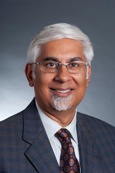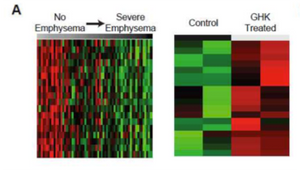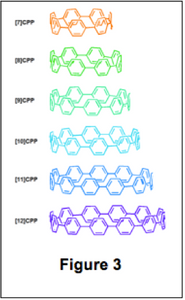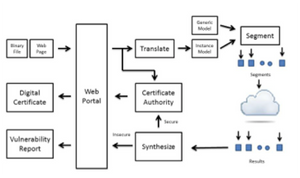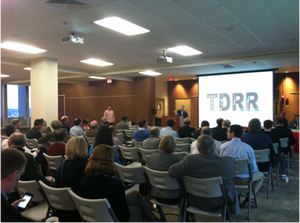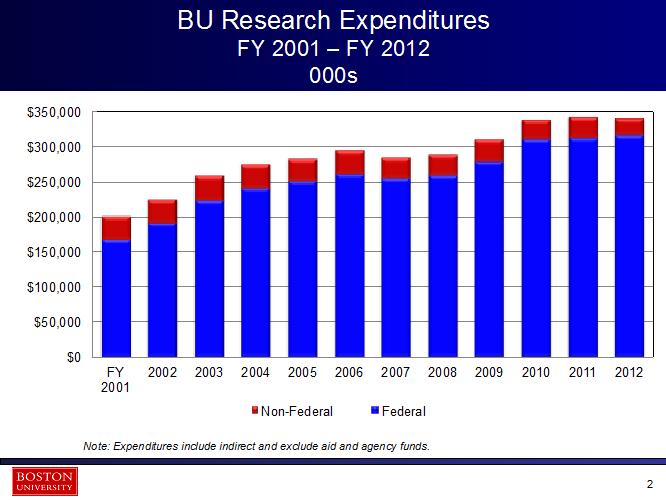The recent award by a jury of over $1 billion to Apple Computer from Samsung points to the value of Intellectual Property (IP) in today’s economy. In fact IP Policy is now central to Innovation Policy in many industries. It also points to the drawbacks of one-size-fits-all patent system that provides a 20-year monopoly equally to a software design patent or a pharmaceutical therapeutic. Nonetheless this is the system prevalent across the world and it has worked brilliantly in encouraging inventions from industry and research universities.
A few statistics to frame the opportunity[1]:
- Demand for patents has risen from 800,000 applications worldwide in the early 1980s to 1.8 million in 2009.
- Trademark applications worldwide increased from 1 million per year in the mid-1980s to 3.3 million in 2009.
- Industrial design applications worldwide more than doubled from about 290,000 in 2000 to 640,000 in 2009.
- International royalty and licensing fee (RLF) receipts increased from $2.8 billion in 1970 to $27 billion in 1990 and to approximately $180 billion in 2009 – outpacing growth in global GDP.
- Massachusetts is #2 behind Delaware for the patents per capita and is #2 behind California for patents filed by universities.
- University share of global patents has increased from 4% in 1990 to 6% in 2010.
- Israel, the Republic of Korea, the US, and the Nordic countries have the highest levels of investment in knowledge per GDP in 2008.
- Many patent offices have seen growing backlogs of pending applications as patent filings become more complex. In 2010, the number of unprocessed applications worldwide stood at 5.17 million.
BU OTD follows good Business Principles in patenting and licensing (http://www.bu.edu/otd/thought-leadership/business-principles/), including as a signatory of the Nine Points to Consider in Licensing University Technology. Our primary objective is to see BU Intellectual Property created by research faculty be reduced to practice for the benefit of mankind. Our secondary objective is to generate royalties for research faculty and the university. We do enforce our patents if non-licensees are infringing them. Several of our patents have been hugely instrumental in benefiting mankind:
- Ted Moustakas: Blue LED patents licensed to Cree, Nichia, Osram, Phillips, etc.
- Jack Murphy: ONTAK oncology therapeutic licensed to Eisai
- Charles Cantor: Pre-Natal DNA test licensed to Sequenom
- Russell Giordano: Dental Implant dynamic ceramic material licensed to Vita Zahnfabrik
- David Salant: Anti-PLA2R Antibody (to cure membranous nephropathy kidney disease) licensed to EuroImmune
[1] World Intellectual Property Organization
